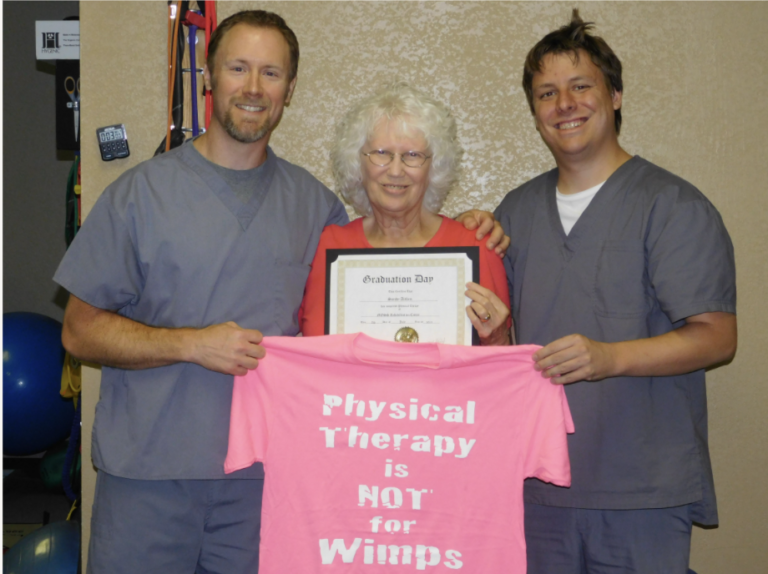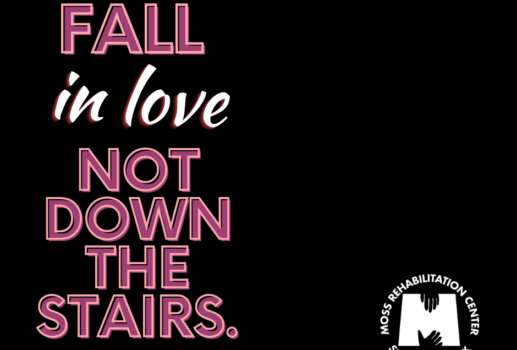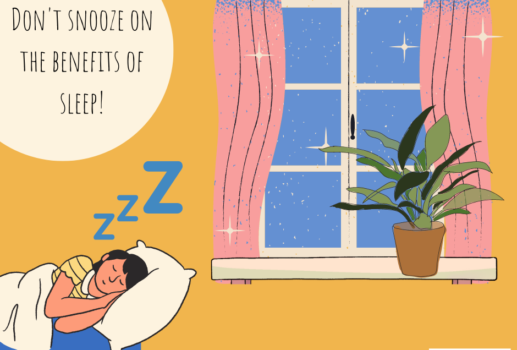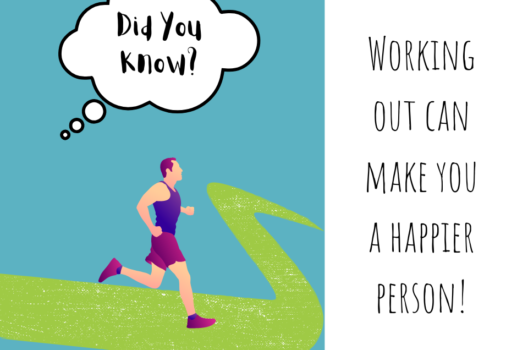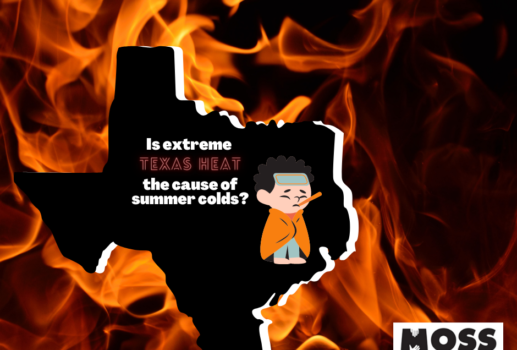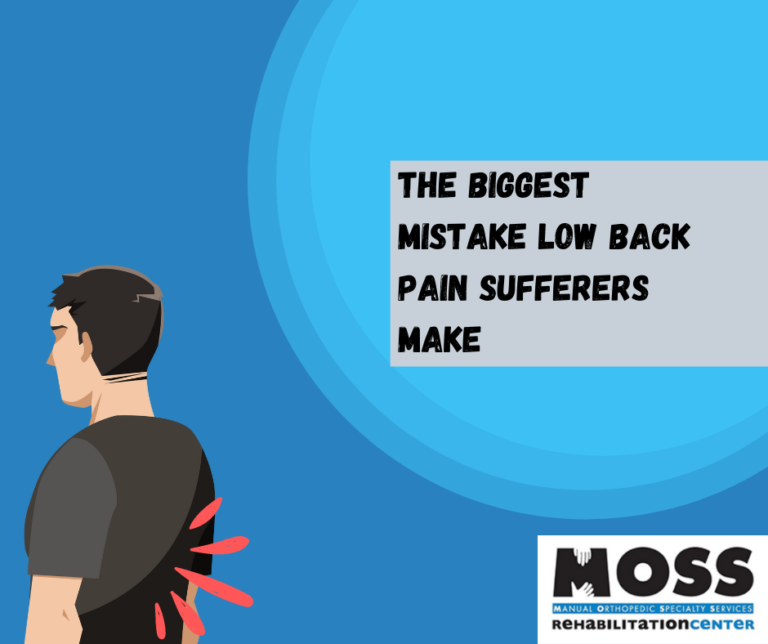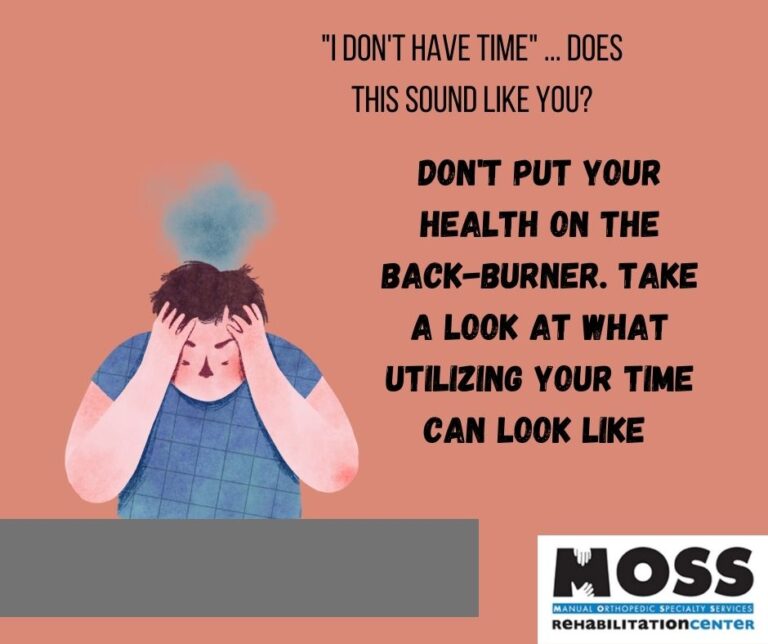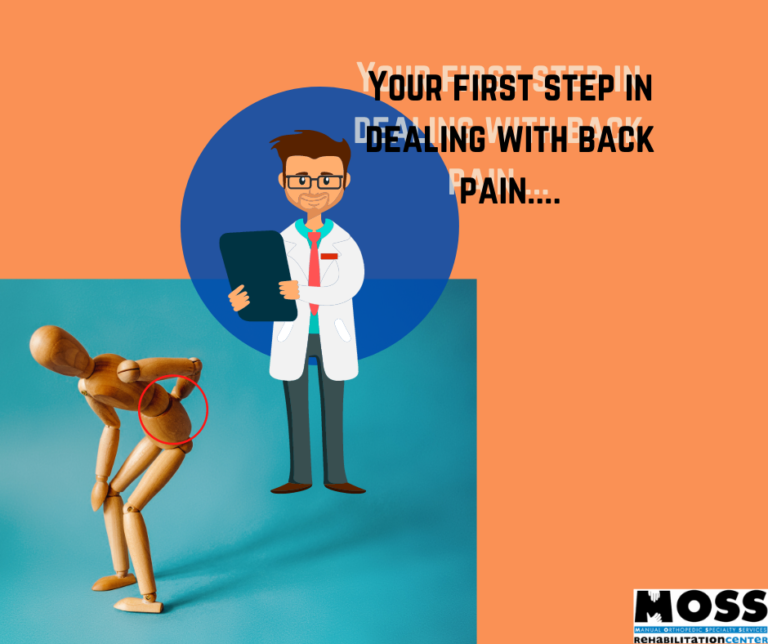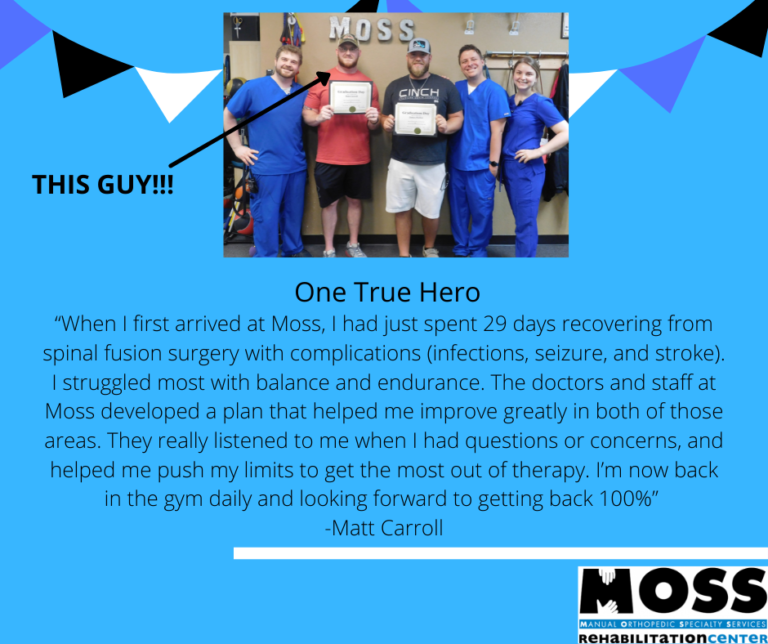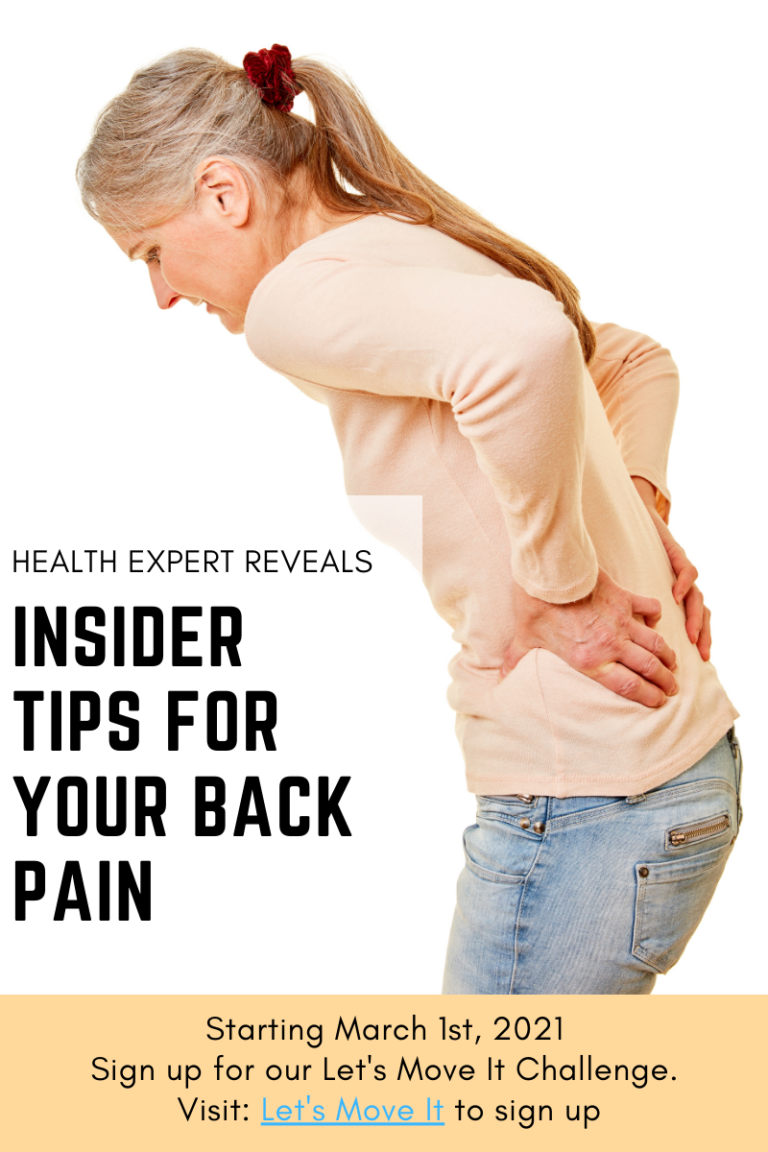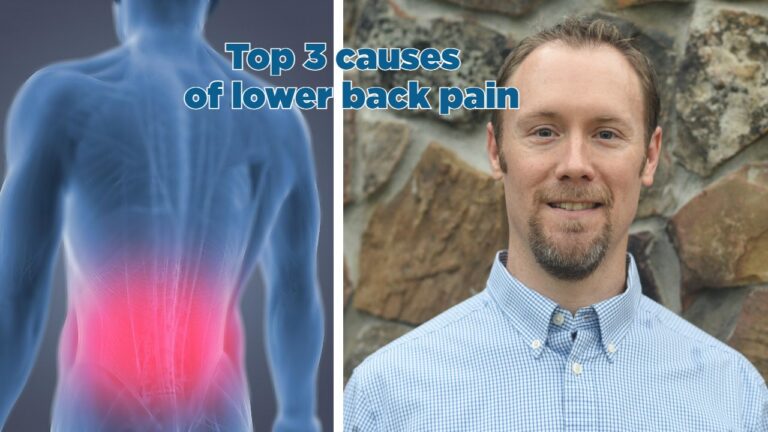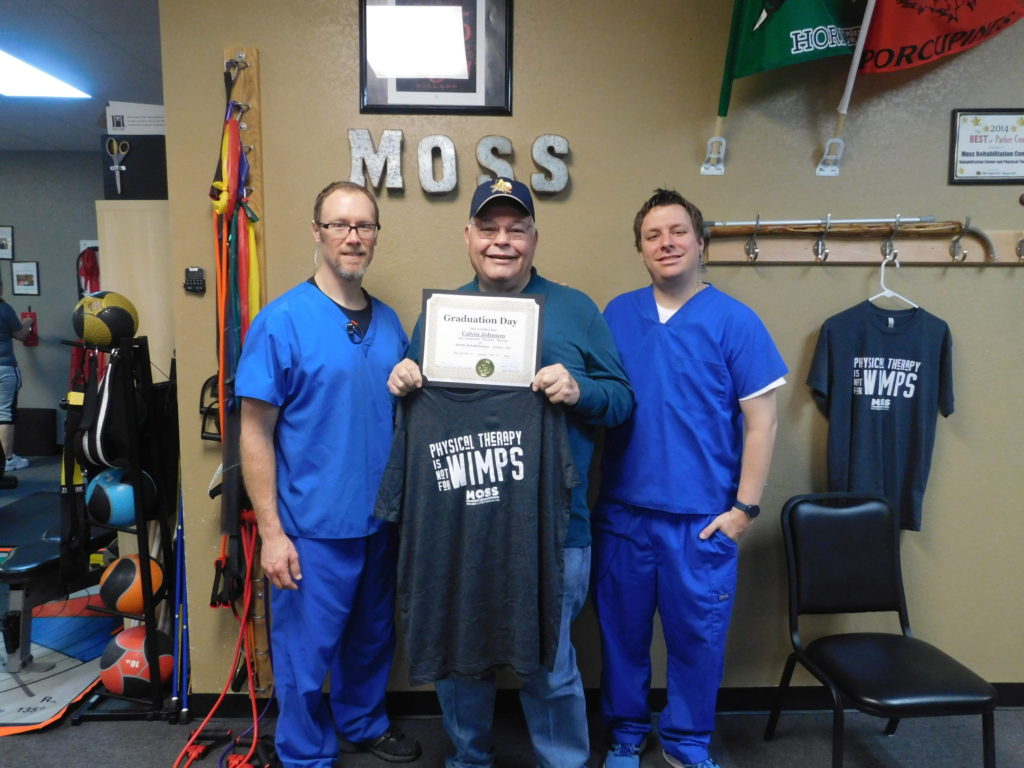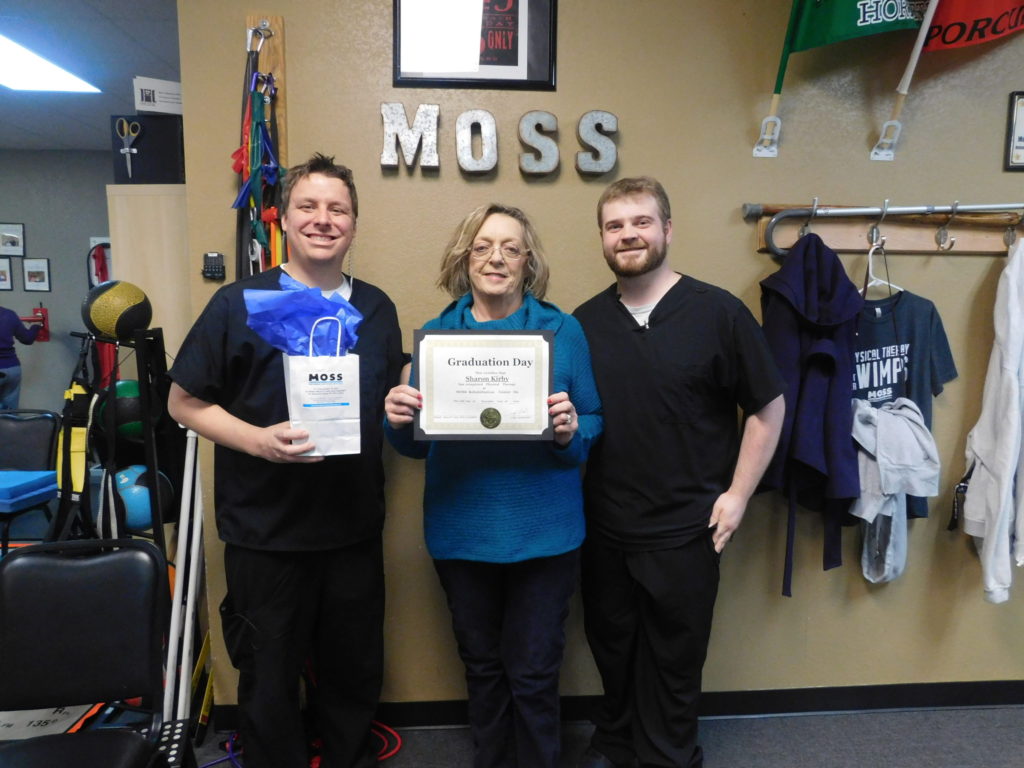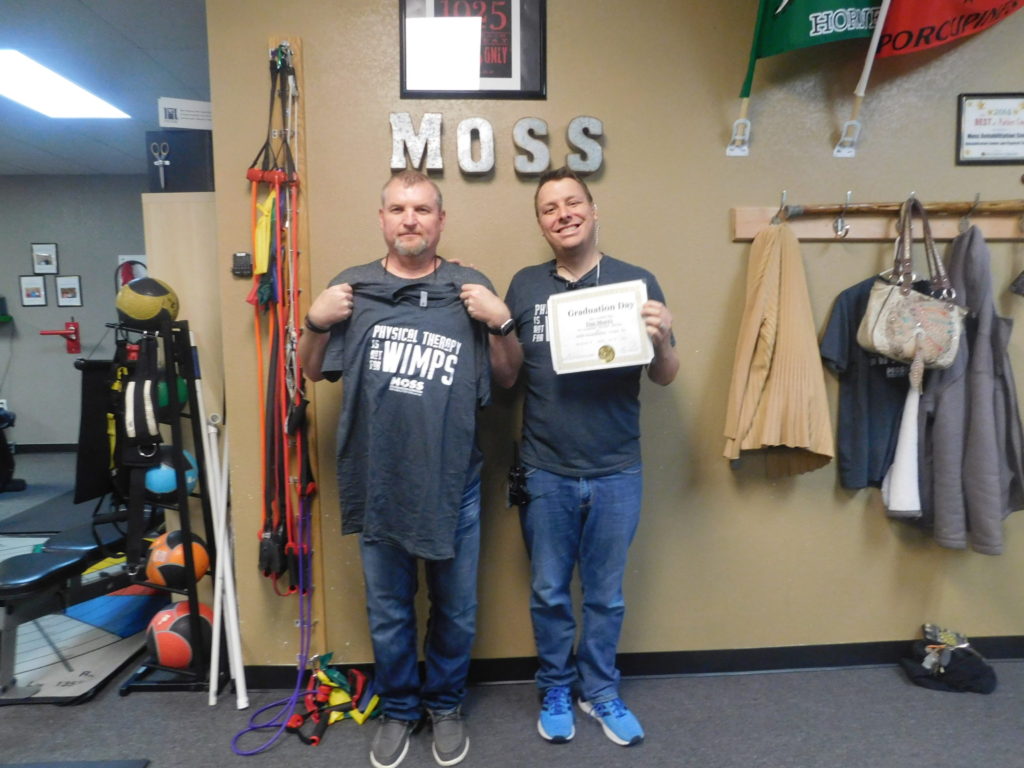
“The DISNEYWORLD of physical therapy…”
“I first came to Moss Rehabilitation at my doctor’s insistence for help with my neck and shoulder pain. For me this was a last resort and after trying everything else. Because I have both a liver AND a kidney transplant, pain meds weren’t an option for me. Neither was injections or surgery. I felt I was setup to live a life of pain and missing out on so much. Then...a bright spot… it was hope. It had been so long since I had seen hope that I almost didn’t recognize it that day I met Craig and Jaime. To my surprise, they were able to help me on the first day! I was in literal tears…(so was Jaime!). Tears of joy, relief and my old friend, hope. I left my first visit with more movement and less pain than I had in months! I Continued my full course of treatment and improved each visit. Not only that, but as a bonus I had found a place among friends… Joseph, Dalene, Shay, Brittany… Everyone. A place where laughter and encouragement abound. Moss Rehabilitation Center is truly the DISNEYWORLD of physical therapy, because it really is the happiest place on earth. Thank you for the life changing care you brought to me and ALL your patients. With love, Tia Davidson”
Tia Dawson
